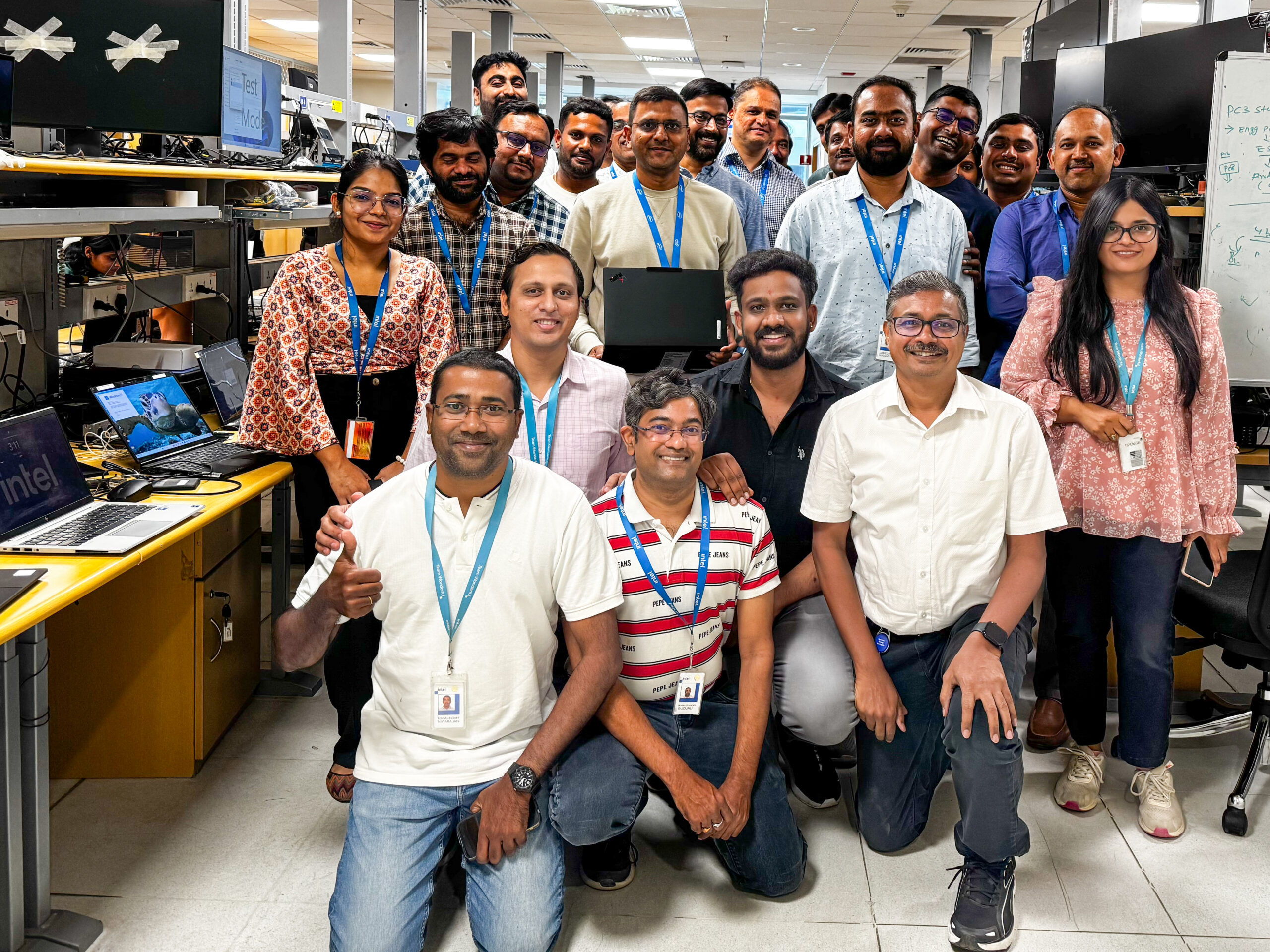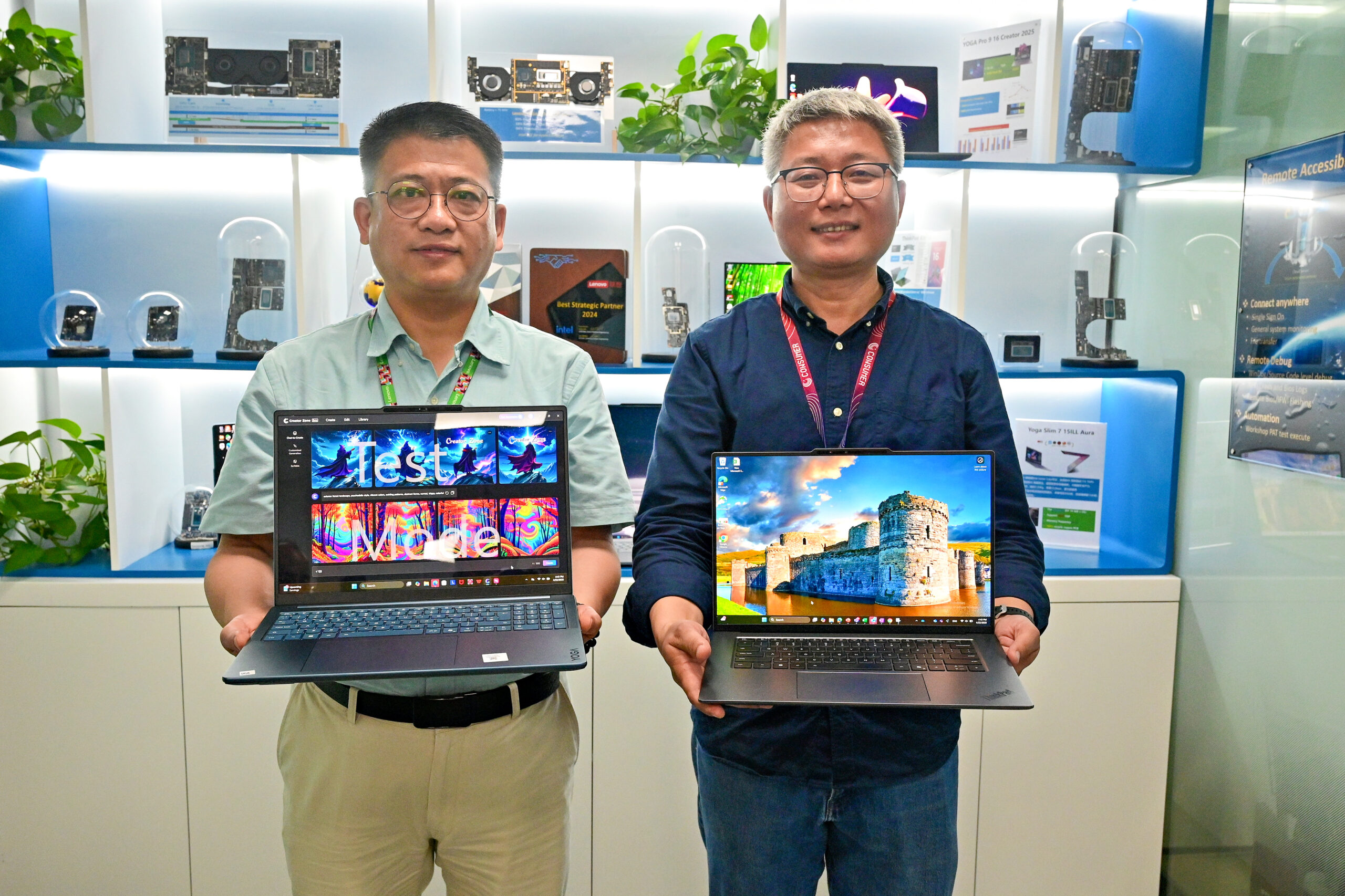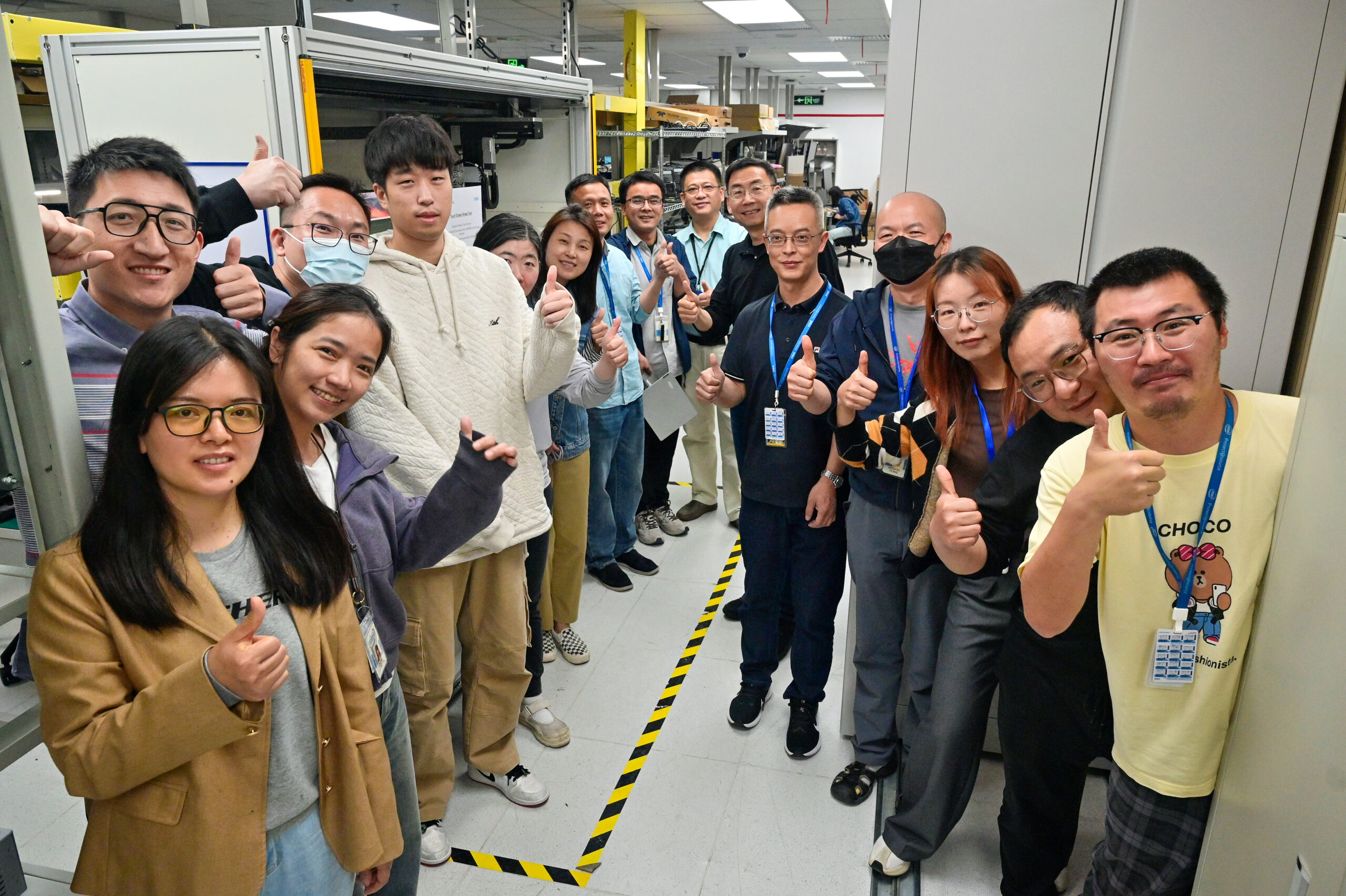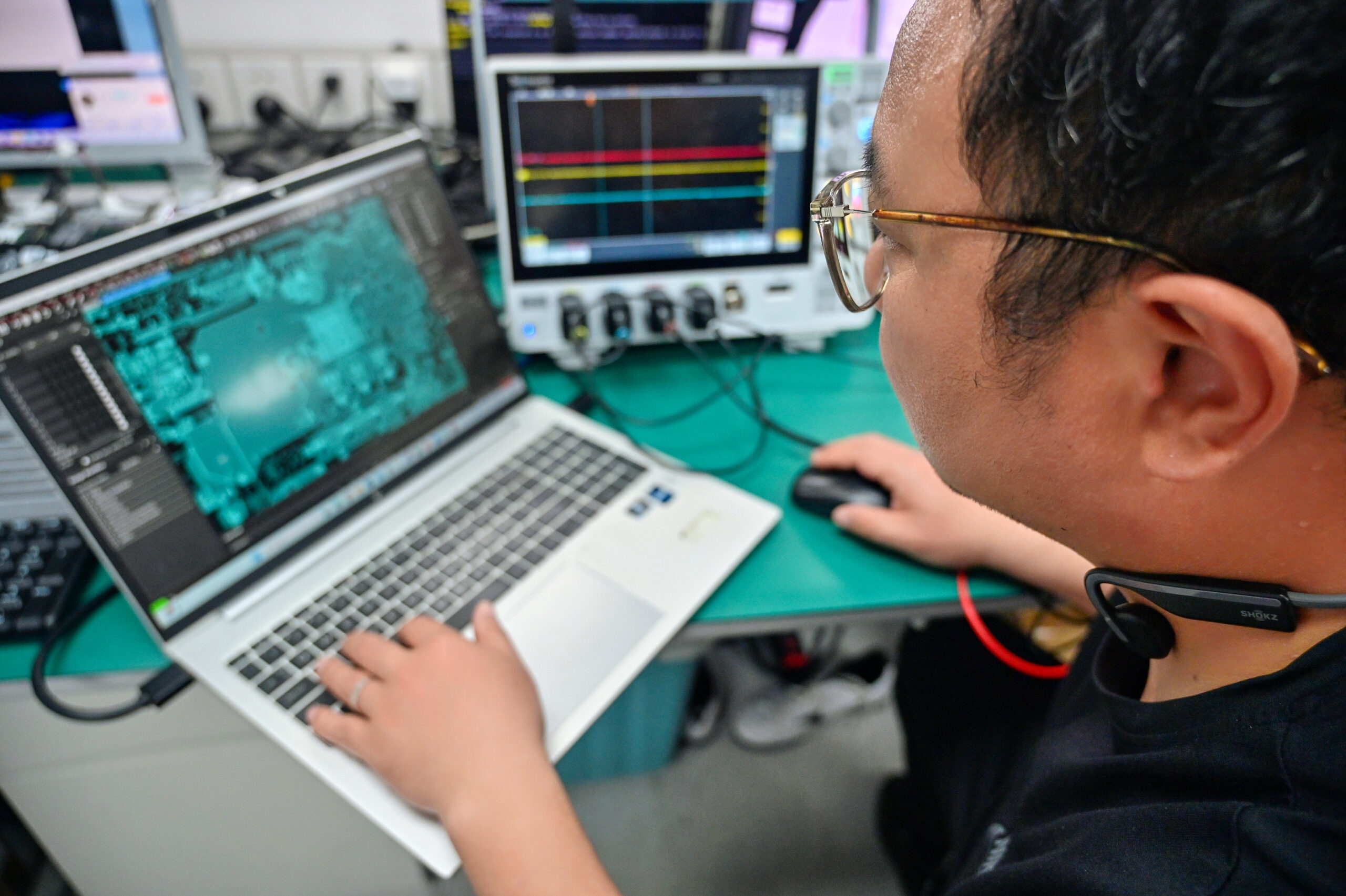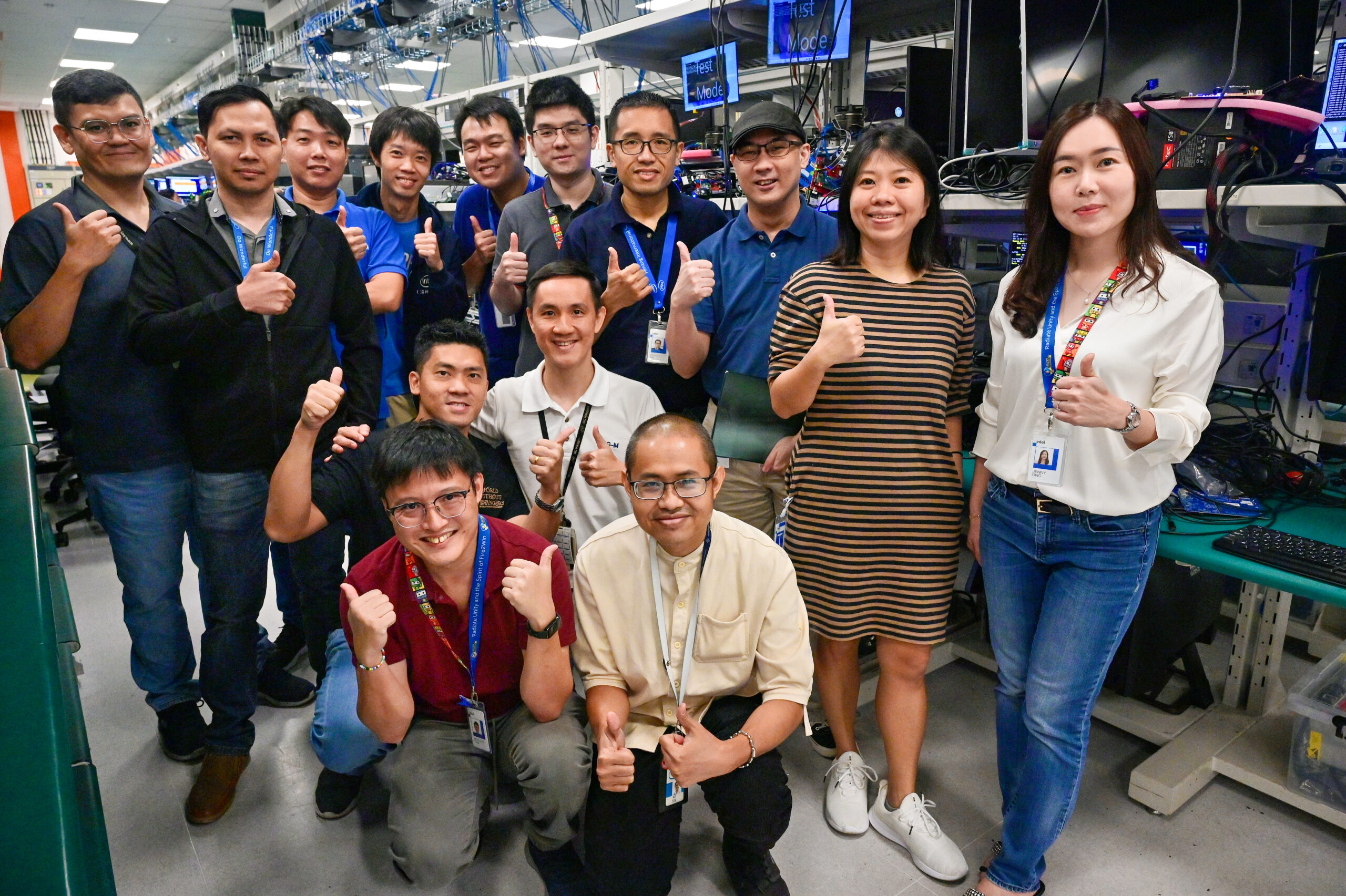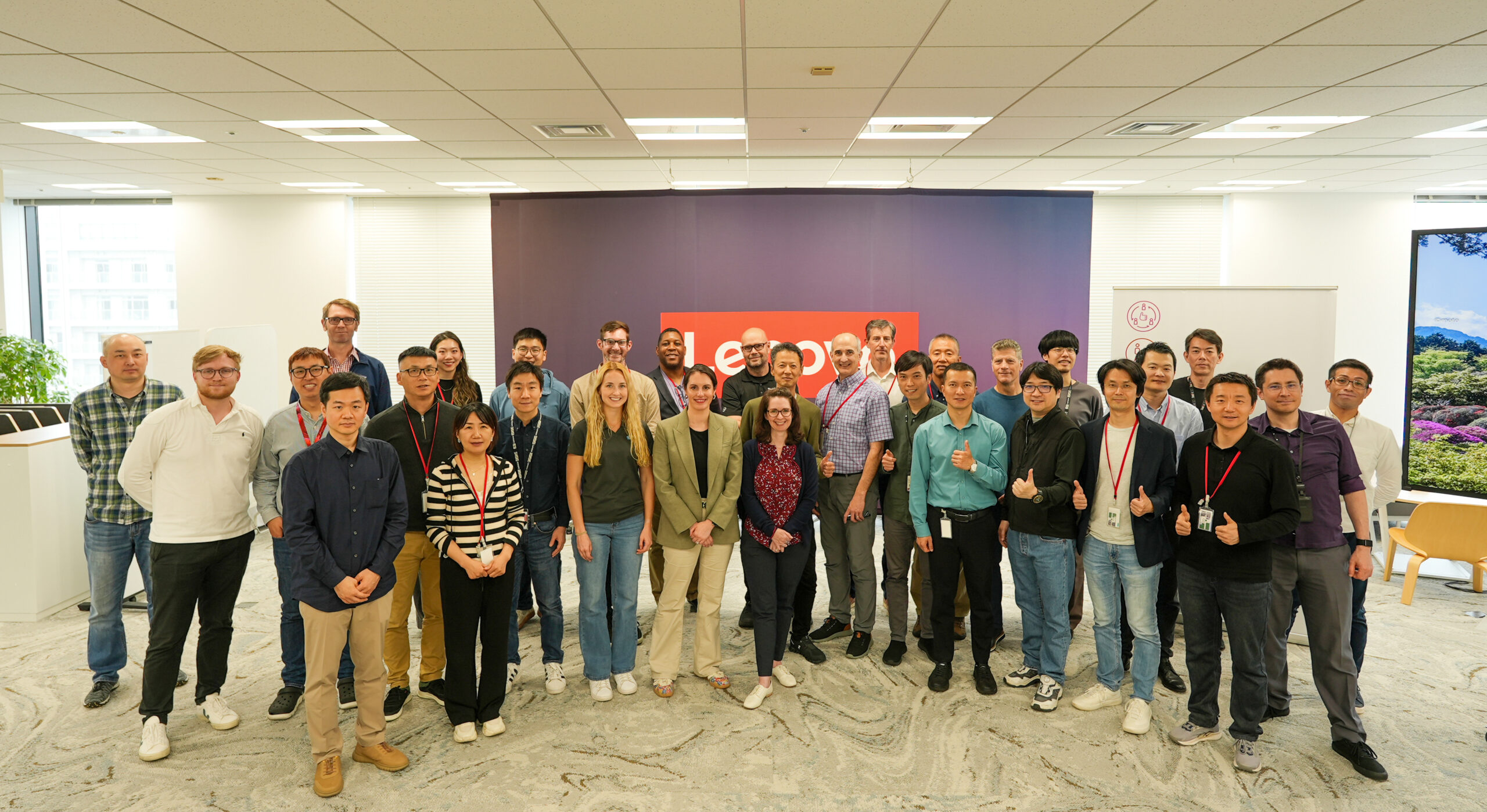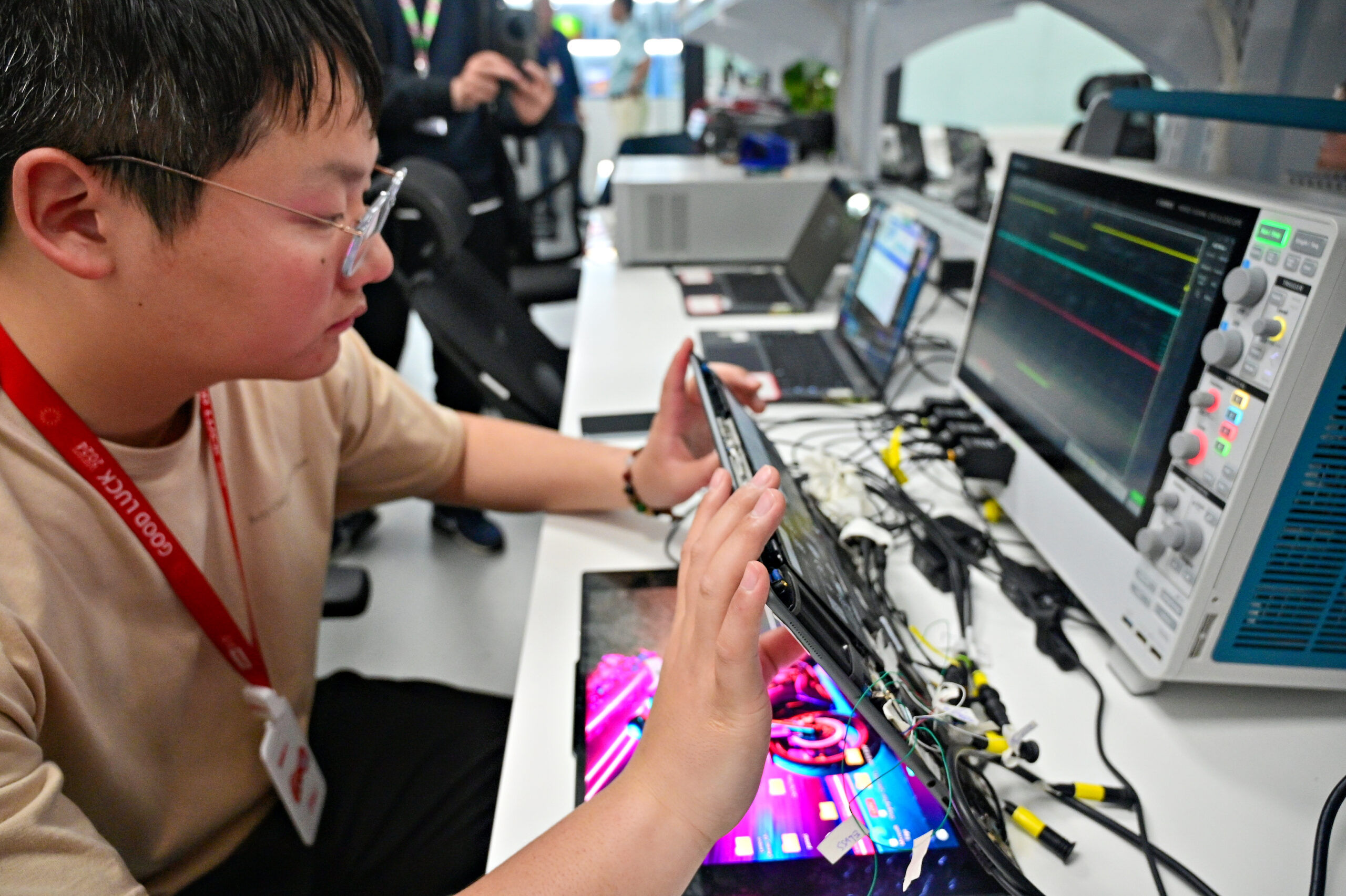Intel and Lenovo Set a New Standard for AI-Powered PC Experiences
User insights and global co-engineering shape a new class of premium AI-powered laptops.
The journey to create a new benchmark in AI-powered PCs began with a bold question: “How can we redefine the premium laptop experience that meets or exceeds existing performance, battery life and user experiences?”
To answer, Intel and Lenovo – longtime partners with a shared history of innovation – embarked on a multiyear collaboration to co-define, co-design and co-engineer a next-generation computing platform built on extensive user research, exquisite design and exemplary engineering.
The result is the Lenovo Aura Edition line of premium AI PCs. Launched in September 2024, 11 devices are available across the consumer, commercial, and small and medium-size business (SMB) markets.
These AI PCs are loaded with first-of-its-kind tech that includes:
- The ability to share photos from a phone to a PC with a simple tap.
- Crisp displays featuring 120-hertz refresh rates built on embedded display port (eDP) 1.5 technology.
- Smart AI software that scales to each user’s needs and runs up to 40% more efficiently versus current industry standards.
Zhaochun Ma, vice president and general manager of Consumer and SMB, Notebook Development Center, Consumer Segment, Intelligent Devices Group at Lenovo, explains that while Lenovo shares a long engineering history with Intel, this project strengthened that collaboration and took it to a much deeper level. As an example, the project, which began about two years ago, marked the first time Intel would dedicate thousands of hours of research and development with a single partner for a single PC platform.
“From the start, Lenovo and Intel worked as one team to define the specifications, engineer the platform and ultimately deliver a new AI PC family with unique features,” said Ma. “This project proved what our two brands can accomplish together to overcome technology obstacles, and we look forward to extending that relationship with Intel on future PC platforms.”
Here are 3 things to know about the development of the Lenovo Aura Edition imagined with Intel:
1: It’s Grounded in Extensive Feedback
Creating an industry-best AI PC began by asking questions of the very audience that relies on laptops for daily work and play.
Data gleaned from more than 10,000 detailed interviews, user reviews and online communities helped engineers from Intel and Lenovo create early prototypes with a focus on delivering long battery life, thermal efficiency and AI-powered next-gen user experiences.
As prototypes were refined, Intel and Lenovo engaged more than 4,000 PC enthusiasts to test the designs in everyday scenarios.
Common requests such as better audio quality and more vivid displays were expected, but users also craved smarter software to help simplify routine tasks.
Ultimately, these preferences shaped the final products, including features like Smart Share, which allows users to transfer photos from a phone to a laptop with a tap.
Ongoing user testing with thousands of PC enthusiasts helped fine-tune battery life, thermal design and AI-assisted functionality. Insights shaped this generation of devices and are helping inform future innovations.
2: Engineering Breakthroughs Together
To deliver a truly differentiated user experience, Lenovo and Intel engaged in one of their deepest engineering collaborations to date. Together, the teams reimagined core aspects of system design — jointly optimizing architecture, thermal efficiency and performance.
One standout achievement on Aura Edition systems was pushing memory performance beyond traditional limits.
As part of the development process, Intel engineers worked closely with Lenovo to overcome the technical hurdles of running high-speed LPDDR5x memory. While increased clock speeds can typically introduce stability issues, the team implemented sophisticated co-engineering techniques — ranging from circuit optimization to firmware tuning — that enable stable operation at up to 8,533 mega transfers per second (MT/s).
This marked a significant step forward in mobile memory performance, validated through months of rigorous simulation, prototyping and testing.
“We recognized the platform had headroom to go further, but tapping into that potential required solving tough hardware challenges together,” said Zheng Jiong (ZJ), senior director of Customer Engineering and Platform Center of Excellence in the Client Computing Group at Intel China. “From signal integrity to platform stability, every step demanded tight coordination and trust between our two teams.”
This collaborative mindset extended beyond memory. The teams also simplified the system board architecture to enable thinner, lighter devices with greater power efficiency.
At the same time, a newly developed thermal management solution helped maintain optimal performance under load — essential for laptop designs like the Lenovo ThinkPad X1 Carbon Gen 13 Aura Edition and Yoga Slim 7i Aura Edition. Further refinements in power delivery and system tuning enabled all-day battery life, helping these devices meet the demanding expectations of business users and creatives alike.
“We pushed the platform to its limits to deliver meaningful innovation,” said Bhavesh Shroff, senior director of Platform Customer Engineering in the Client Computing Group at Intel. “This partnership proved that informed risks — when backed by data and aligned goals — can deliver real customer-facing benefits.”
“The best part about Lenovo's Yoga Slim 7i Aura Edition is its battery life,” Wccftech reported. “In testing by the renowned YouTuber Dave2D, the laptop managed to provide over eight hours in medium workloads and up to 11 hours and 31 minutes in light ones, showing that the 70 Whr battery is indeed doing its part in bringing in battery timings that are superior to the competition.”
3: A Global Village Delivers
Top engineers from Intel sites in mainland China, Taiwan, India, Israel, Malaysia and the United States were joined by their counterparts from Lenovo in tackling more than 50 co-engineering challenges across 10-plus workstreams.
The result? An accelerated path to launch.
“We appreciate the deep engineering resources Intel offered from every corner of the globe and partnering with us to overcome technical challenges very quickly,” said Zhijian Mo, director of Platform Design and Development in the Intelligent Devices Group at Lenovo.
Mo offered an example of the far-flung cooperation: An Intel team in Israel teamed up with Lenovo to help develop and optimize a new AI model that’s used to improve camera image quality.
Independent software vendors (ISVs) also played a crucial role.
Leading partners worked alongside Intel and Lenovo to optimize experiences for creative tools, productivity suites and security software. Companies like Adobe collaborated with Intel to optimize key productivity apps – like Adobe After Effects, Adobe Lightroom and Adobe Premier Pro – on Lenovo Aura Edition systems.
The First Step in a Multi-Year Journey
Lenovo Aura Edition AI PC laptops running on Intel® Core™ Ultra processors mark the beginning of a long-term roadmap to reinvent the premium PC category with AI at its core.
Intel and Lenovo are continuing to innovate together on the next generation of platforms, building on this strong foundation to deliver even more intelligent, efficient and human-centered computing experiences. The next AI PC evolution will be based on Intel’s forthcoming Panther Lake CPUs, built on the Intel 18A process node.
“To lead the industry, we must work closer with our customers; to lead in AI PC, we must run faster than all of our competitors out there,” explained Sam Gao, vice president and general manager of the Client Computing Group for Intel in China. “Delivering extraordinary results is not an option for the Aura Edition project with Lenovo, but a mandate. And our joint teams have delivered in spades.”
